Why there is a high voltage in the network and how to deal with it
Causes
An increased voltage in the network can occur for a number of reasons, both emergency and technological, due to the characteristics of your electrical networks. Let's consider several situations in more detail:
- Fluctuations caused by the difference in consumption in the network day and night. The voltage rises closer to midnight, when all residents are sleeping, and nearby large energy consumers are not working. In the afternoon, the voltage can be normal or even reduced.
- In winter, the network is normal, and in summer, the volt in the outlet is more than normal. Also related to the difference in power consumption. In winter, heaters are turned on, in connection with this, the load increases, and drawdowns on the line increase.
- Burning Zero and phase imbalance. When the neutral wire is faulty, for example, when there is a contact problem at the entrance to the house or the zero has completely burned out, the voltage in apartments connected to one phase will be high - up to and more than 300 volts, depending on how asymmetrical the load is. But in apartments connected to other phases, there will be undervoltage. A similar situation occurs with problems with zero in external power lines, then the problem will be not only in apartments, but entire streets with private houses can suffer.
The first two problems are caused by the device of the transformer substation, they are equipped with an on-load tap-changer (regulation device under load), boost booster transformers or other technical solutions. Thus, the voltage is adjusted for correct power supply.
But let's say that there is a long street in the village of private houses. Then the substation is equipped in such a way as to provide normal power to remote consumers, then those consumers located closer to the transformer substation will have high voltage, and in the last houses it will be normal or low. This is especially acute at a time when the line is heavily loaded.
The danger of high voltage
We figured out why there is an increased voltage in the electrical network, but what is its danger? This phenomenon in the network is dangerous primarily for household appliances. Although modern devices install pulsed power supplies with stabilized output circuits, their input stages experience increased loads and can fail prematurely.
Also affected are heating devices - boilers, electric stoves, heating elements of washing machines and more. Due to the high voltage, an increased current flows through their spirals.Accordingly, more power is released and the service life is reduced. This is especially dangerous for air heating elements, for example, convector filaments and spirals.
Such a malfunction of the electrical network is also unfavorable for equipment with engines, such as compressor refrigerators, air conditioners, fans and pumps. Their windings will warm up and may eventually fail. The same applies to line transformers.
Do not forget that since the current consumption increases due to the high voltage, the wiring is also loaded. In the best case, the consequences will lead to damage to the contact joints (especially if there are twists), and in the worst case, to the burning of wires, melting of the insulation and fire.
Where to go to solve the problem
You can influence the situation, but let's decide where to complain if the network is high voltage. You need to find out from your neighbors how things are going in their houses and apartments. After you come to a common opinion, contact the supplying company or network organization, or find out who the balance holder of the power transformer substation is.
After this, you need to submit a collective application on behalf of the residents of the house or neighborhood. A single statement is usually not enough, so the more repeated calls, the sooner they will fix the problem! The application must be submitted in duplicate, one remains with the applicants, but in it the organization to which the applicant applies must put a mark on acceptance. Otherwise, you cannot prove that you were contacted.
If your home appliances fail due to surges or an unstable power supply, do the same. We described this process in more detail in the article:https://my.electricianexp.com/en/sgorela-bytovaya-texnika-iz-za-skachka-napryazheniya.html.
What to do to reduce stress at home
If for some reason the collective appeal to the organization is difficult, or the electricity supplier ignores the statements without providing quality energy, you can lower the voltage in your apartment or for a specific device.
To do this, you need a voltage regulator, the cheapest option is a relay type stabilizer. With it, the power supply in a private house will return to its rated parameters. We considered this issue in more detail in the article:https://my.electricianexp.com/en/kak-ponizit-postoyannoe-i-peremennoe-napryazhenie.html.
And if you can connect to three phases - install phase switch, for example, PEF-301. He will automatically select the line with the best parameters. Or voltage relay type RN-111 to protect the most expensive consumers. If its rated current is not enough - connect the load through the contactor.
Finally, we recommend watching a useful video on the topic of the article:
Now you know what are the causes of high voltage in a house or apartment, as well as how to protect equipment from the negative impact of this phenomenon. We hope the information provided was useful and interesting for you!
Related materials:

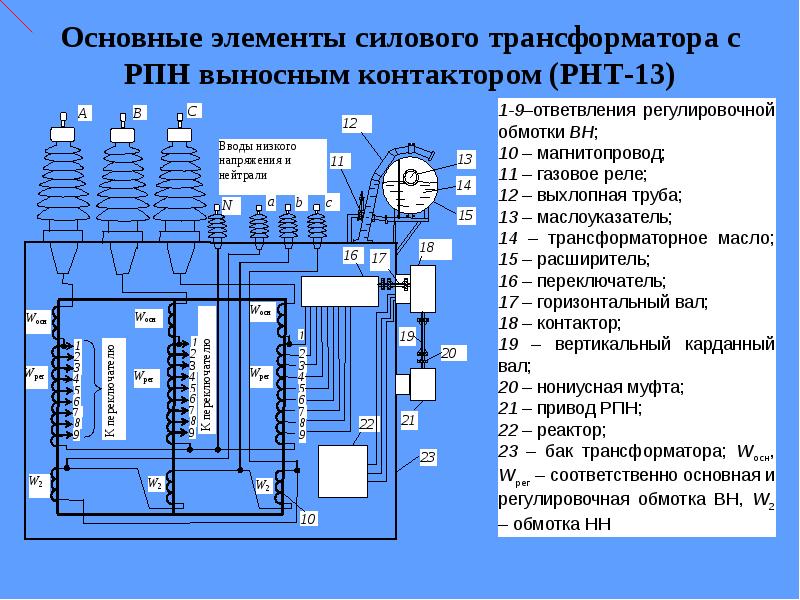
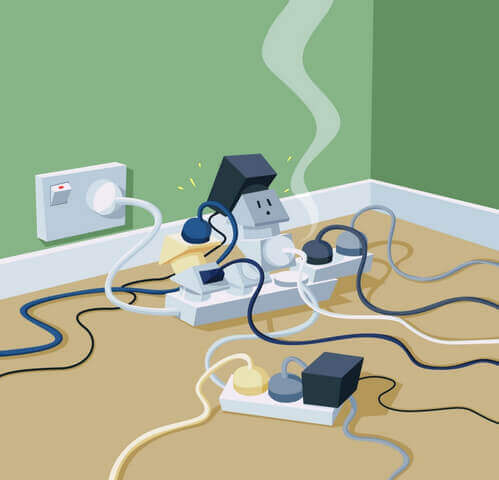
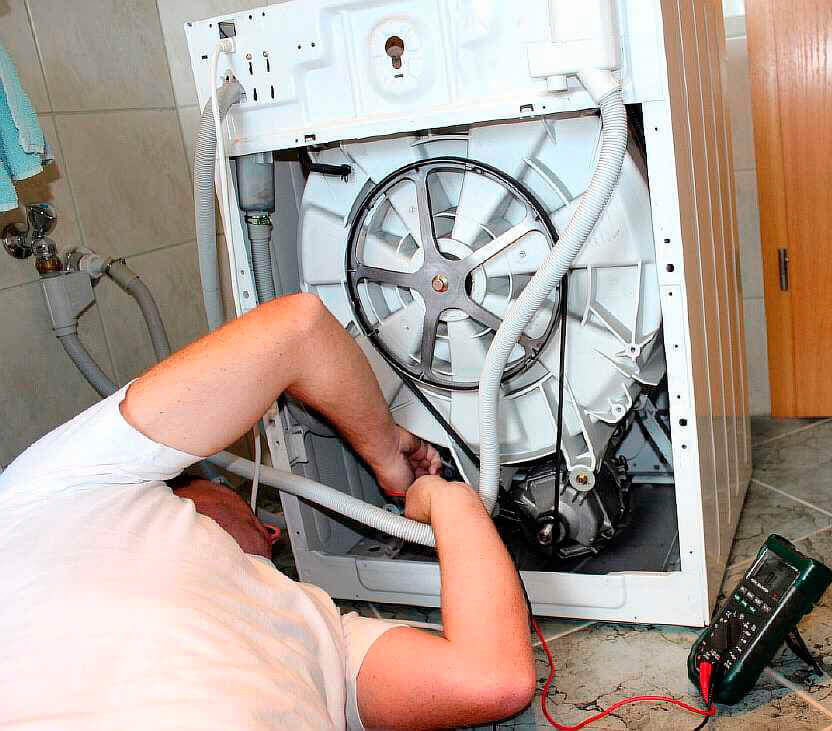


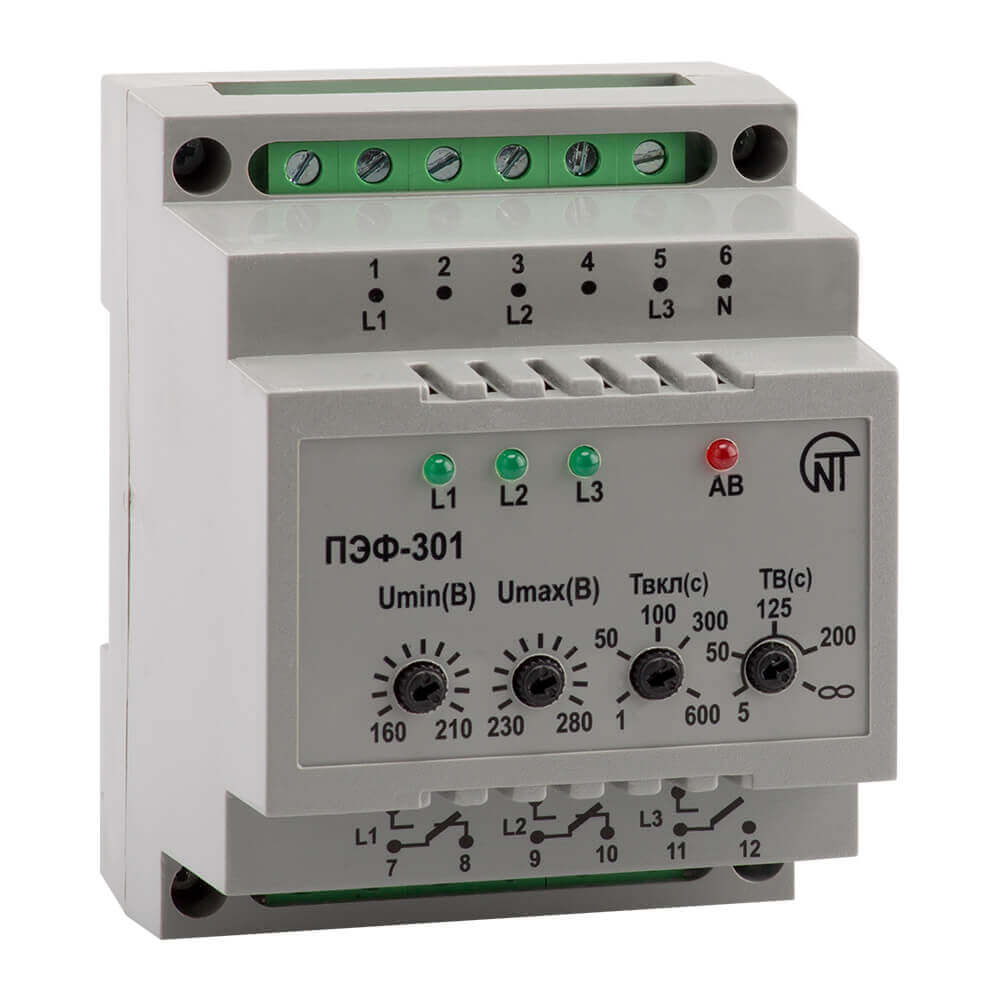


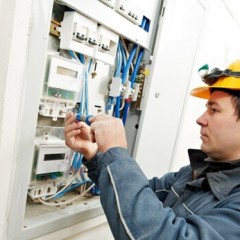
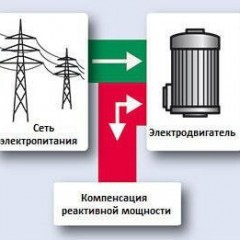
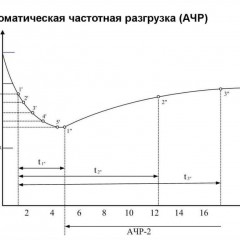

Normal AC voltage is 50 Hz 230 volts.
Standard voltage values are regulated by GOST 29322-92. According to this document, all networks with a voltage of 220 volts until 2003 must be brought to a nominal voltage of 230 volts. And the revision of the standard GOST 29322 from 2014 prescribes this voltage standard as mandatory for all energy supplying organizations.
A voltage of 220 volts is an acceptable value, but it is closer to the lower acceptable limit.
Cunning from the "children of Chubais" - industrial consumers have thinned noticeably, and hunting is worth the money. They raised the mains voltage to the upper allowed limit and here you have a "salary increase" (P = U * U / R). So as a result of the allowed power of 10kW at 220V, it turns out 11kW at 230V
Two years ago, a powerful housekeeper, a bulb with sparks and smoke exploded, neighbors on the street at the same time some electrical appliances burned out, in the same house the input bag and electric meter burned out.This year, the old drill suddenly overheated, the Bulgarian anchor burned out, regularly changed the LED lamps under warranty, but when the step-up transformer just lit up in front of its eyes, it suspected that something was wrong ... I bought and installed a RN-104 voltage relay. ($ 25) I thought that I wasted in vain. It turned out that the voltage in the network jumps from 200 to 250 volts. When the relay was installed at 245 volts, it worked several times a day, and at night when the street lighting was turned off, it was always necessary. It turned out to be very inconvenient, you watch TV and: sit in the dark and wait for the voltage to drop. Now I set the relay limit to 250 volts - it works 2-3 times a week, but I think the new grinder to work at a voltage of 249 volts and a heat of +30 is not very comfortable, and an old wiring is simply dangerous. I’m now thinking of pulling several wiring lines, electrical appliances with protection, lighting, (I sacrifice bulbs) - without protection, a TV with a stabilizer, a computer with UPS.
So that's where the legs grow. I have a new building connected to a new substation. The voltage in the network is stable 241-248 V. As a result:
- LED lamps on SMD burn out after 2 months; Incandescent lamps - even faster.
- Filament LED lamps with integrated stabilizer flash at night.
- difficulties with turning on the PC, because protection in the power supply unit against overvoltage is triggered.
- capacitors on the inverter board leaked in the monitor, I had to solder myself for a higher voltage.
- knocks a 16A machine in a shield on a dedicated line when trying to light a gas stove with an electric lighter at night (which does not cause problems at 220V).
Also, elevators complain that once a week they have to change lamps in elevator cabins.
Everyone is so tired that we ride in the dark with the red light from the buttons.
I decided the problem with lighting where by selecting lamps withstanding 250V, and where by installing Chinese dimmer boards (ordered on Ali). But what to do with the rest of household appliances is an open question.
It turns out that the voltage of 230 + 10% = 253V is "normative" and it is useless to complain. Apparently, equipment manufacturers are interested not to take this GOST into account. More burn out, more sell.
We have consistently higher than 245 ... I tried to complain, but to no avail, all the time they reply with three-page unsubscribes with a bunch of off-text text with a bunch of some links to laws and regulations, and as a result, "a check was carried out that did not reveal violations," bla blah blah, "maybe the applicant uses low-quality appliances" ... The bulbs continue to burn out every two three months ...
That's right, they will not find violations. Read the comment above yours.